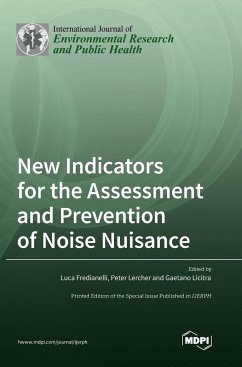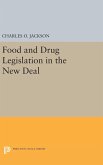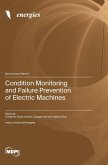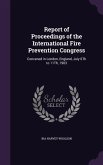This Special Issue was launched to promote a subject that is deserving of more attention: the study of new metrics, indicators or evaluation methods for noise exposure, and the relationship of noise with annoyance or other health effects, thus not relying only on an average noise exposure measure. This Special Issue on the theme of the New Indicators for the Assessment and Prevention of Noise Nuisance has attracted the interest of authors from all over the world, with the publication of two reviews and two communications, as well as original research papers. Progress has been made in the investigated topic; however, it is still necessary to increase the awareness of the population, both in geographical terms and for workers in specific sectors, such as the marine industry. It emerged that it is essential to carry out future studies that distinguish better between different sound sources with respect to their sound quality in terms of frequency, time pattern (fluctuation, emergence), and psychoacoustic indices, because a differential human reaction to sound sources is increasingly evident. More longitudinal studies are required. However, cross-sectional studies employing a more detailed soundscape description (including background) by competing sound indices are also useful to further the required knowledge to understand the human response in terms of the broad spectrum of potential adverse effects on health and quality of life.








